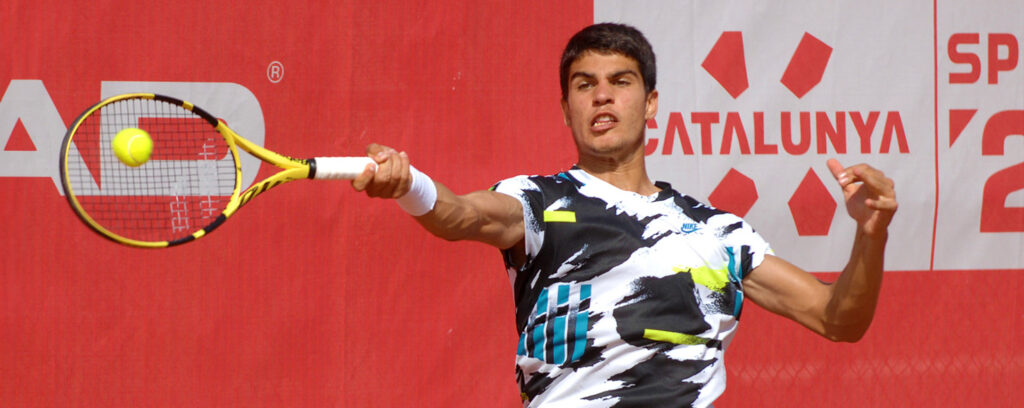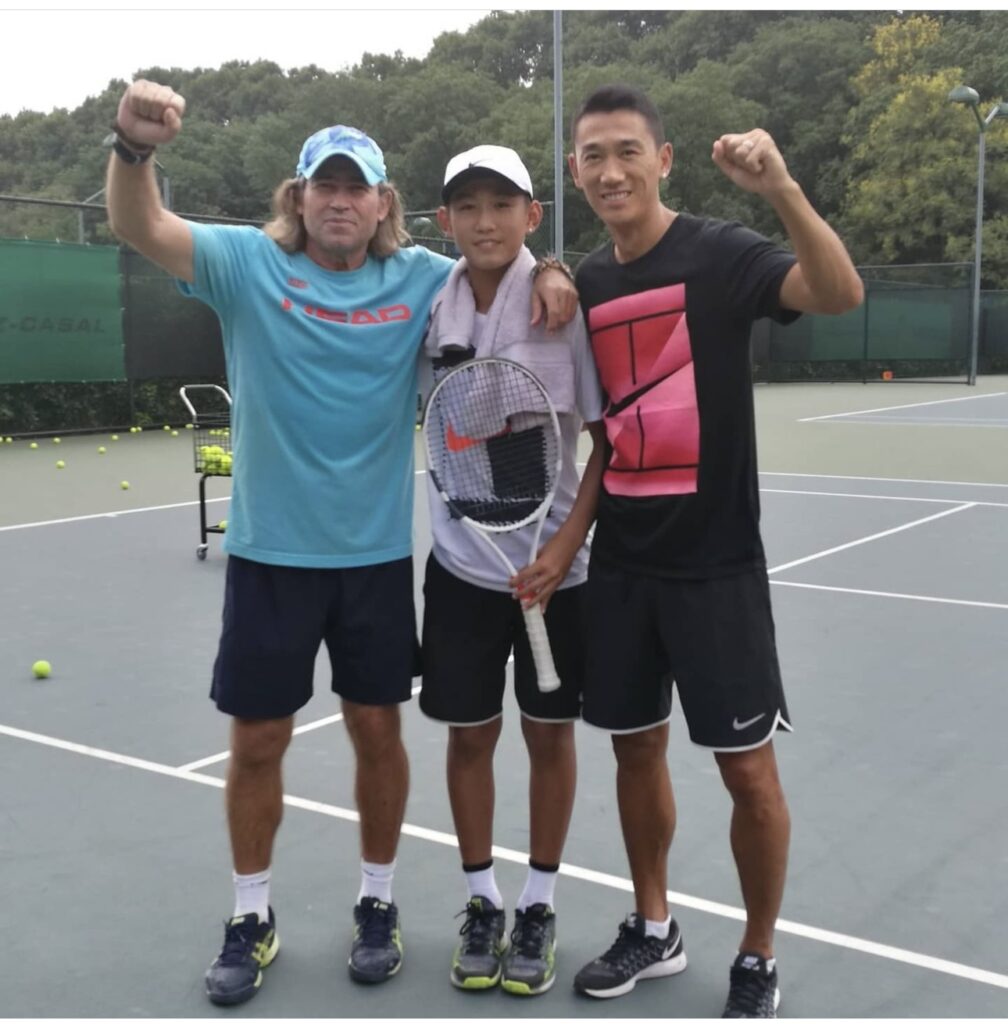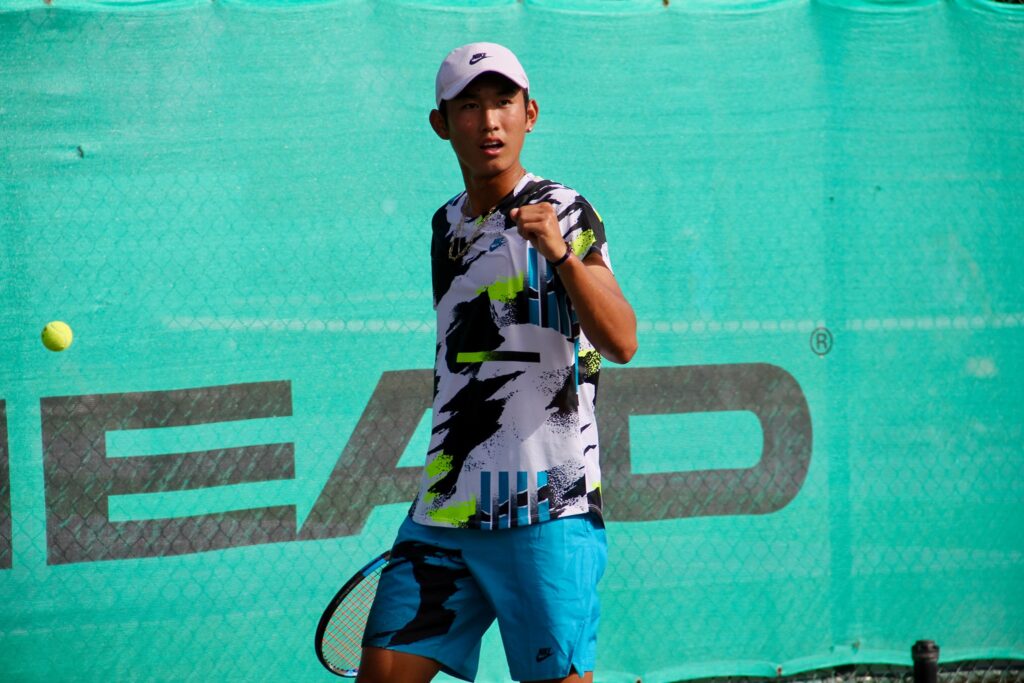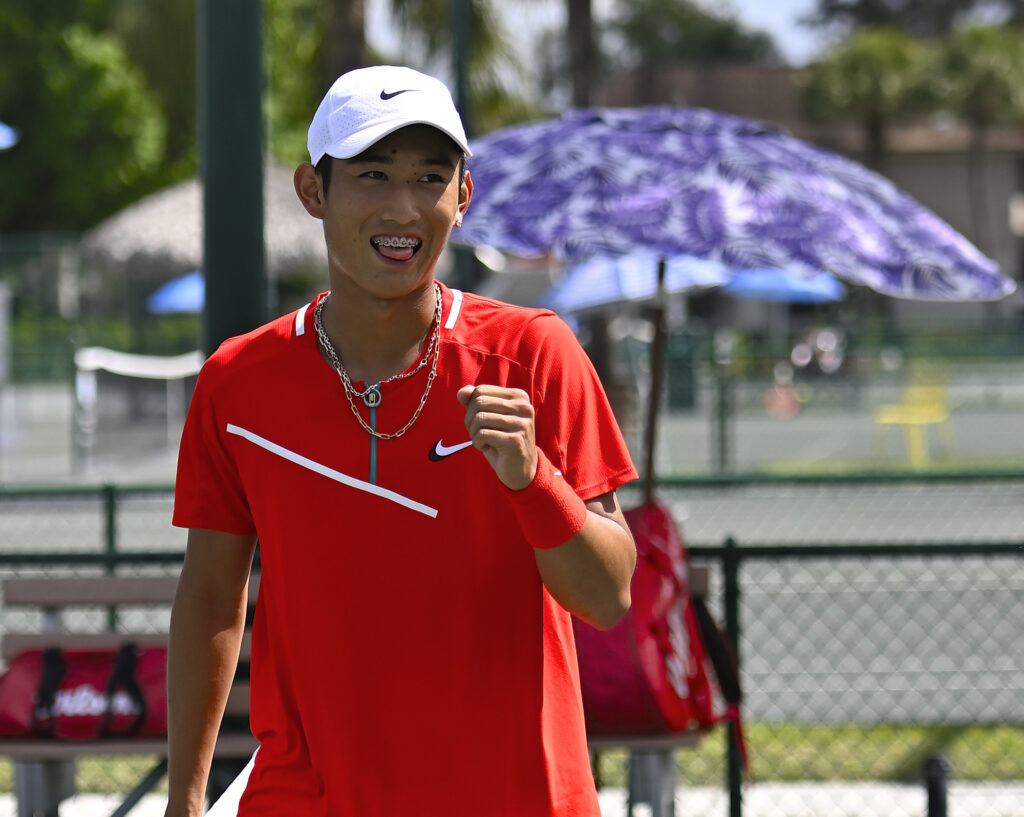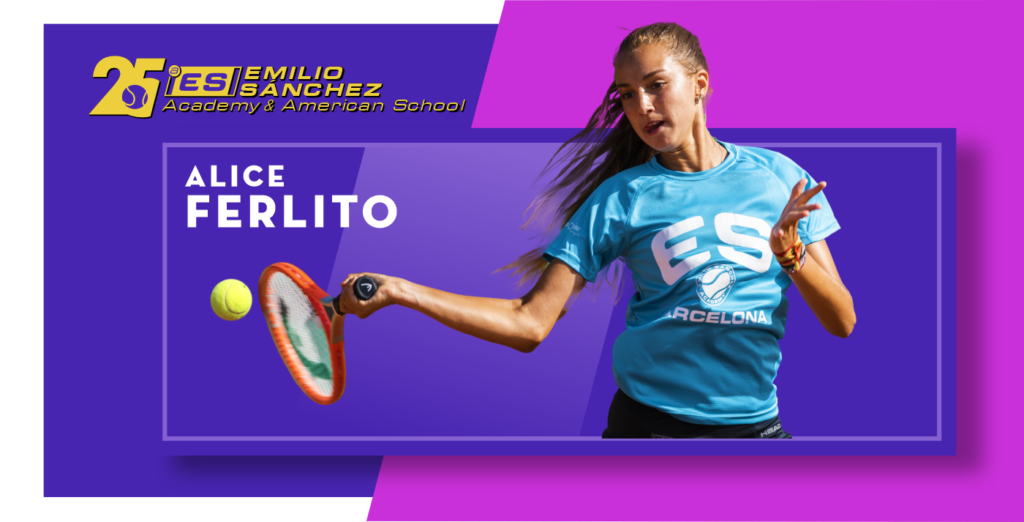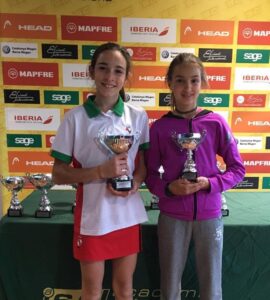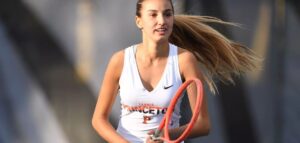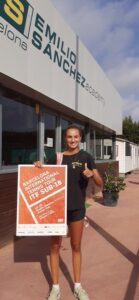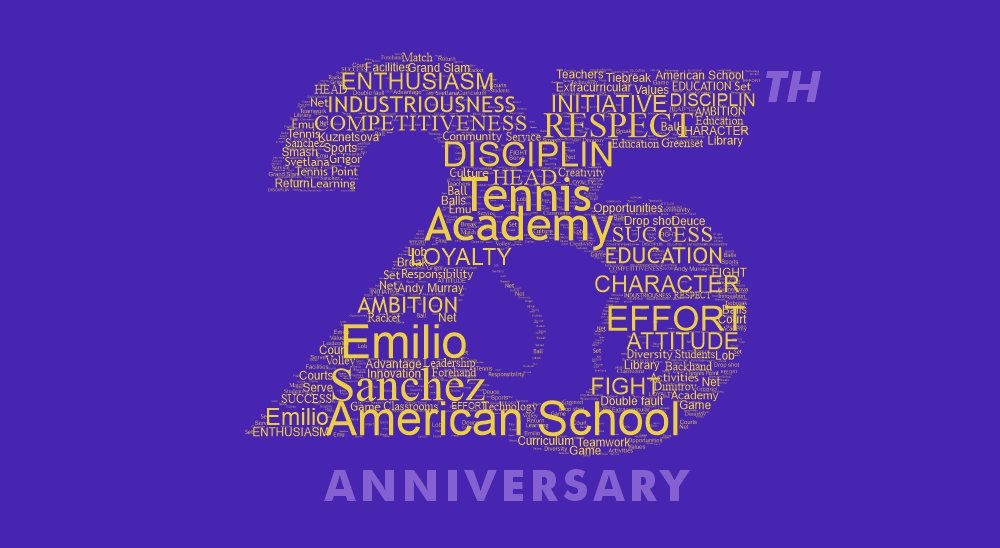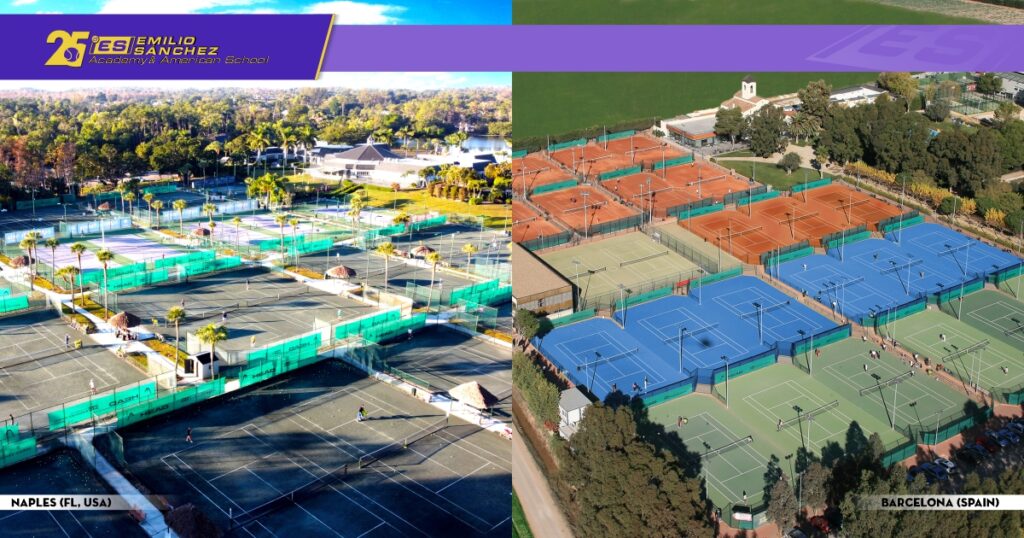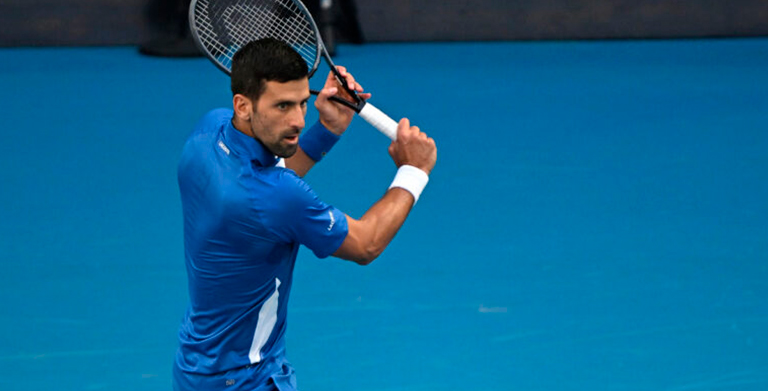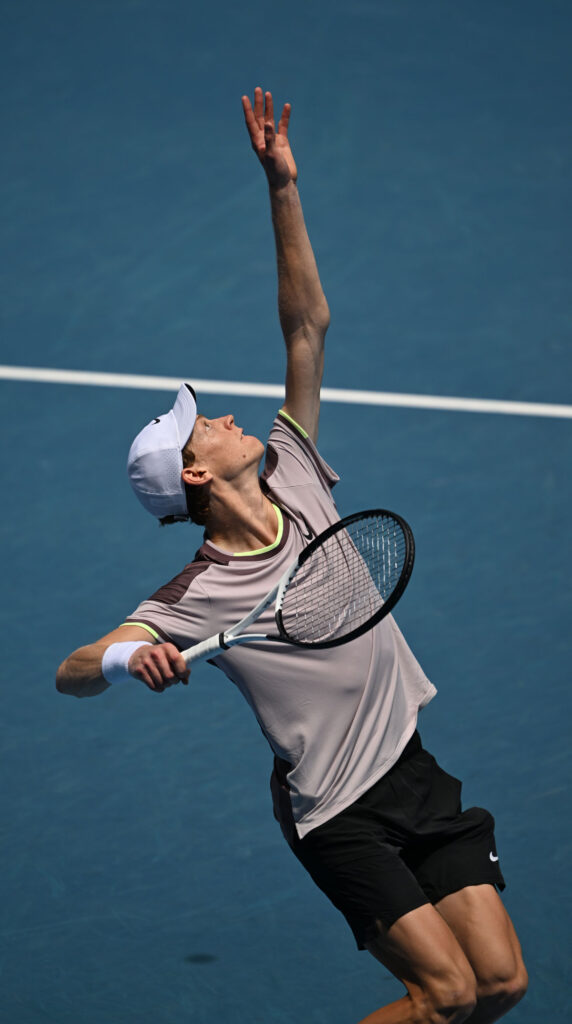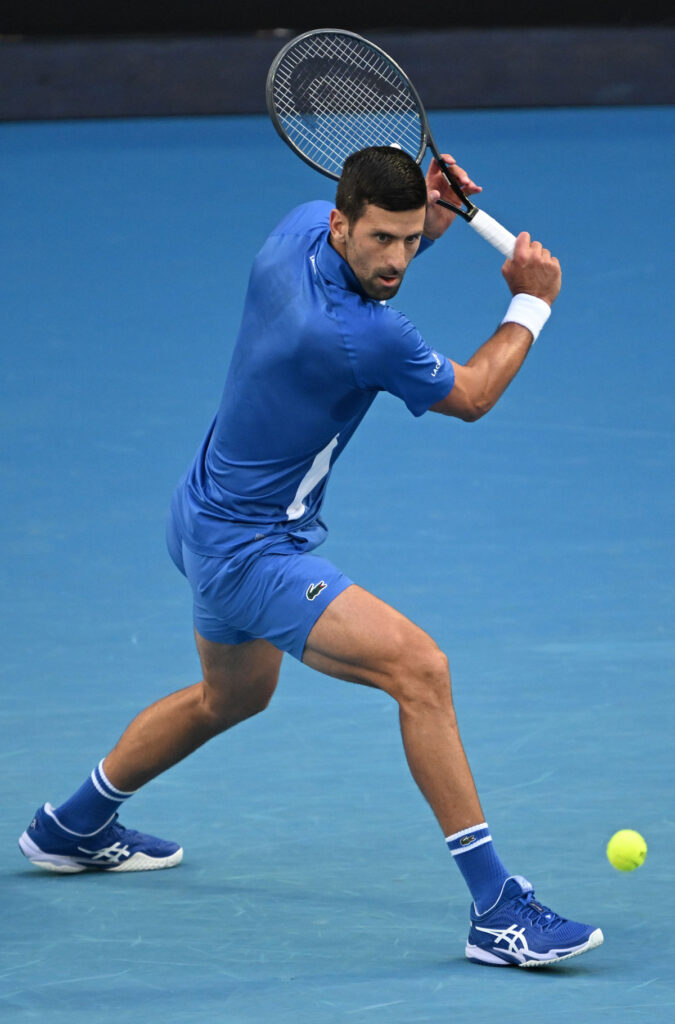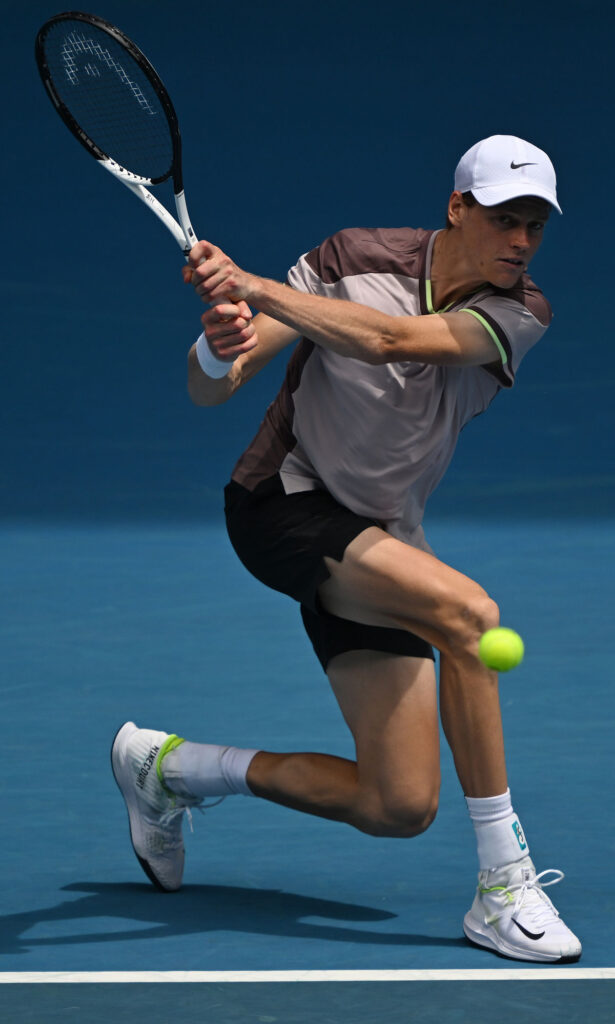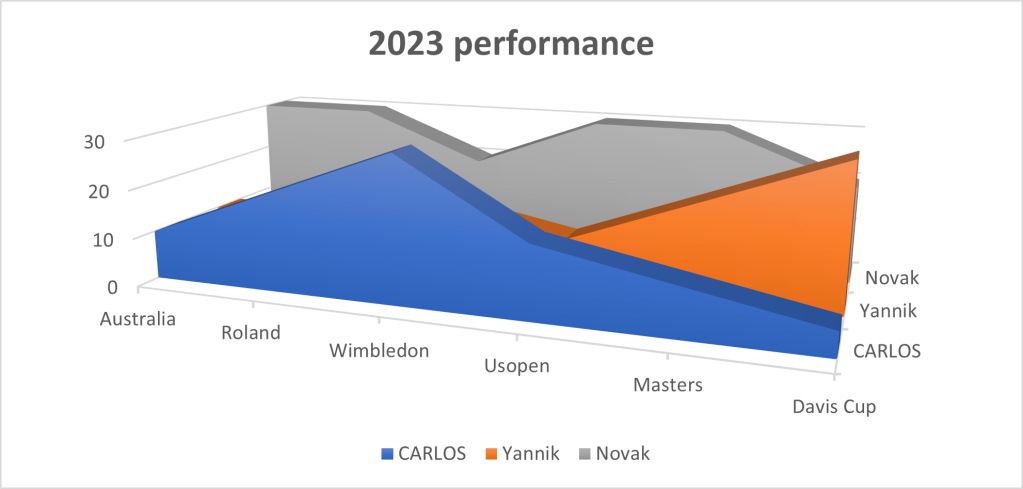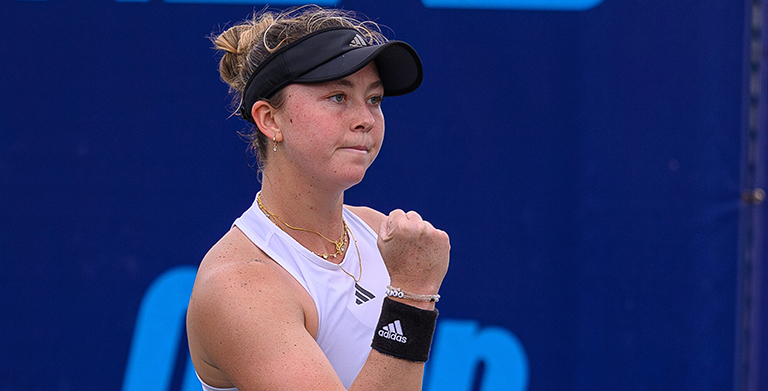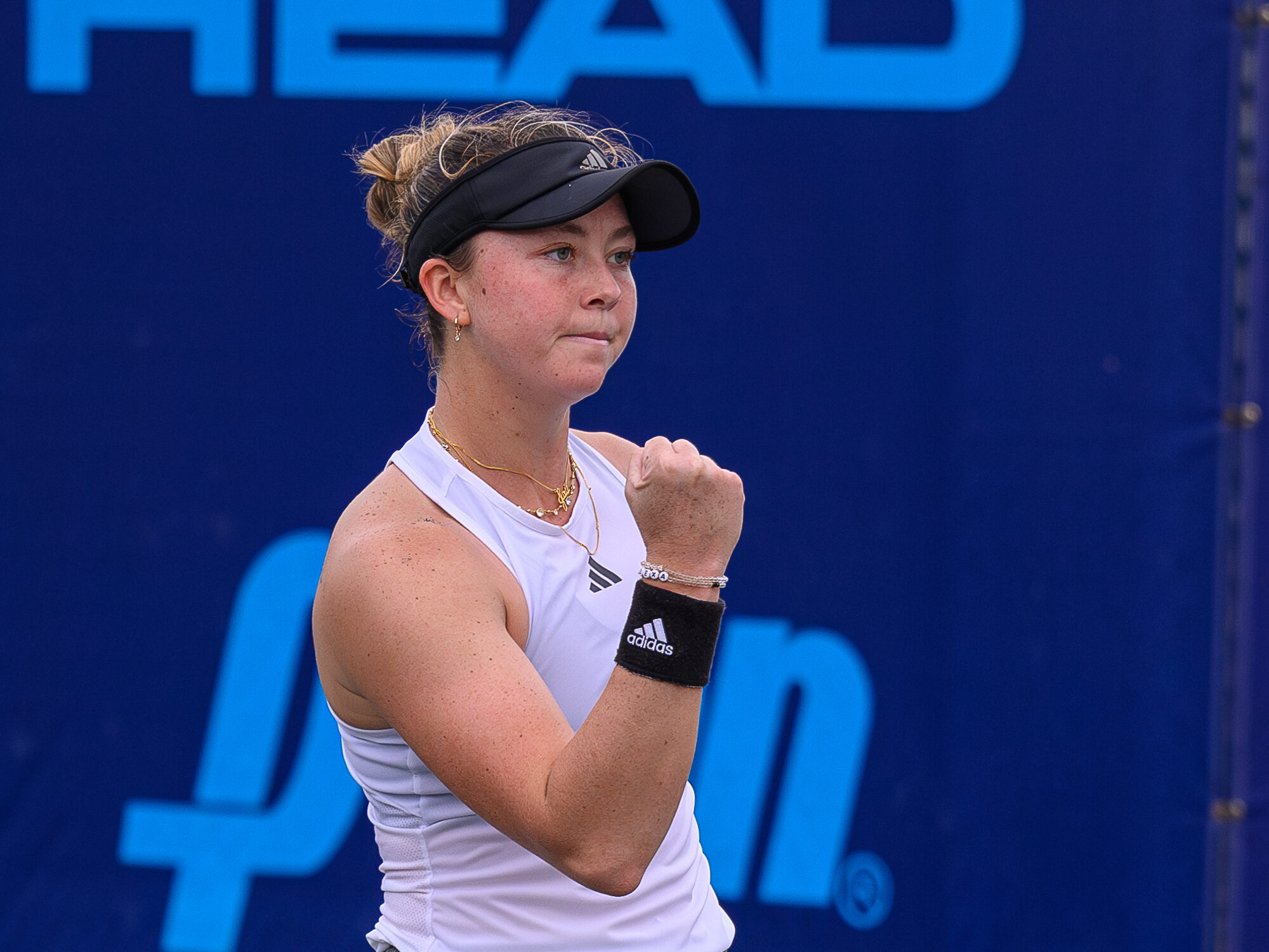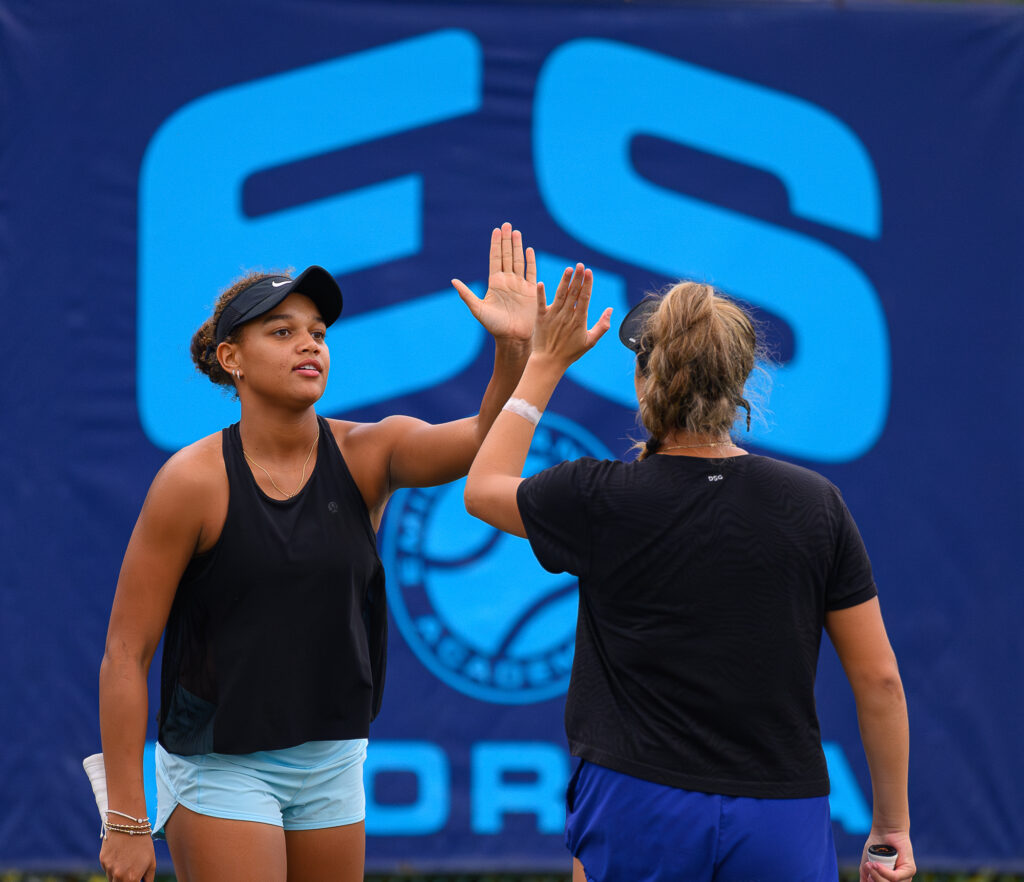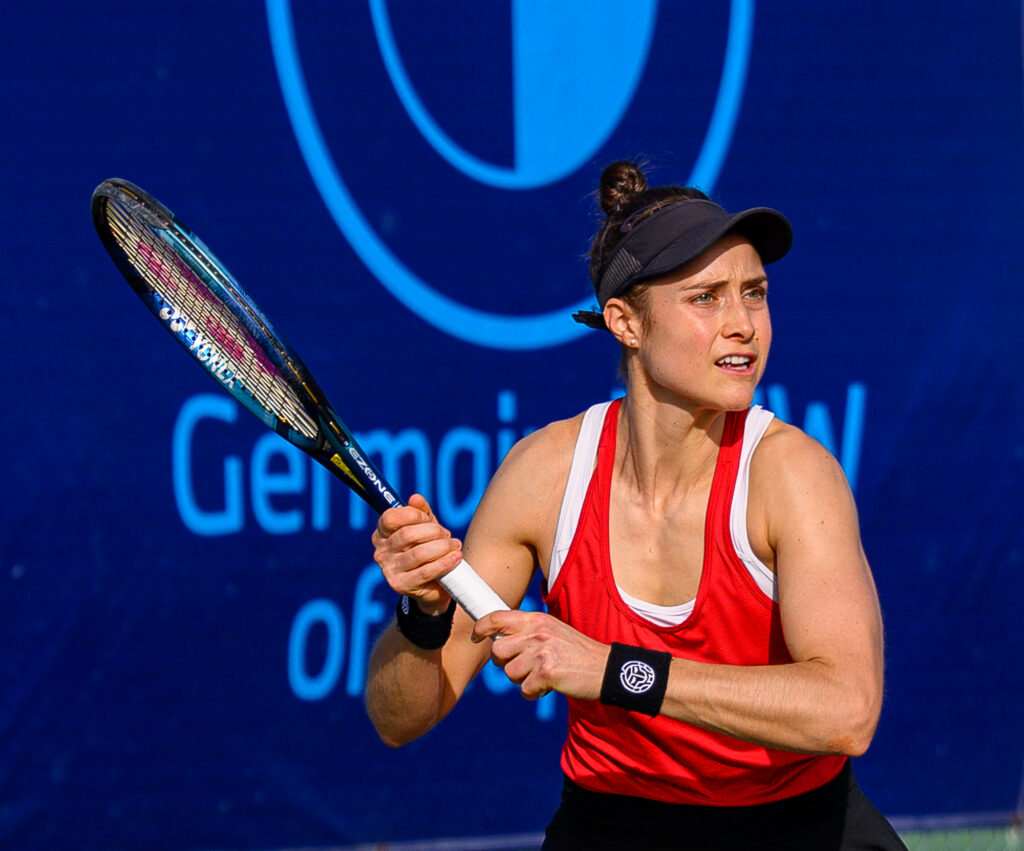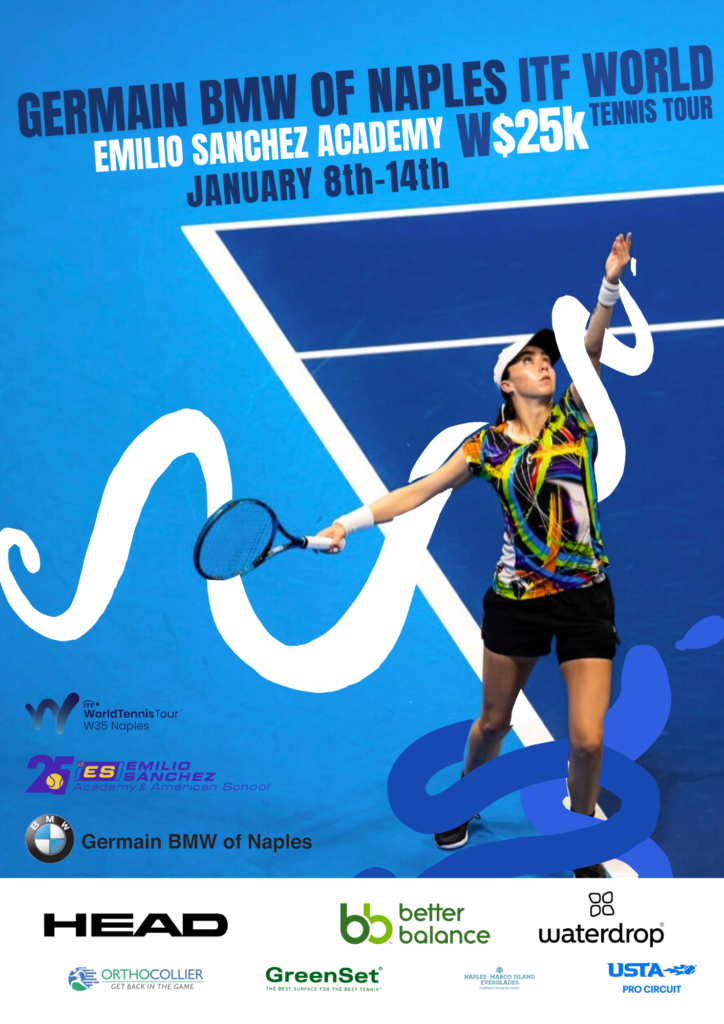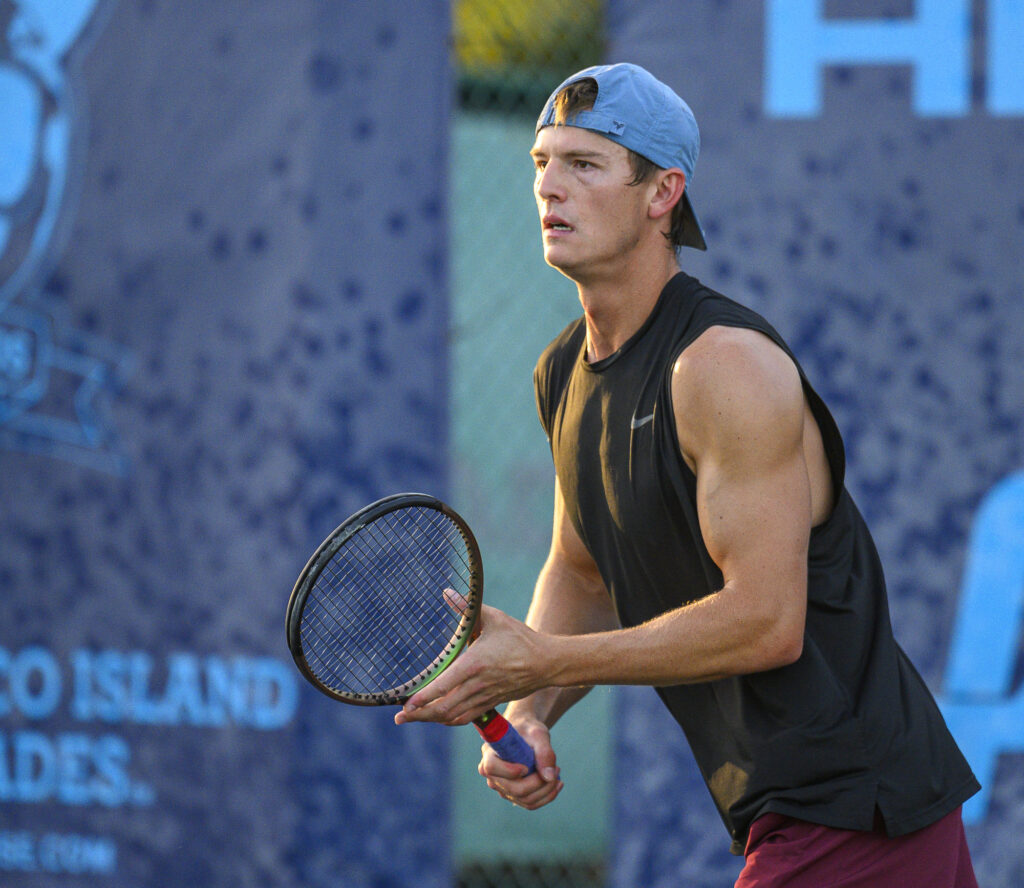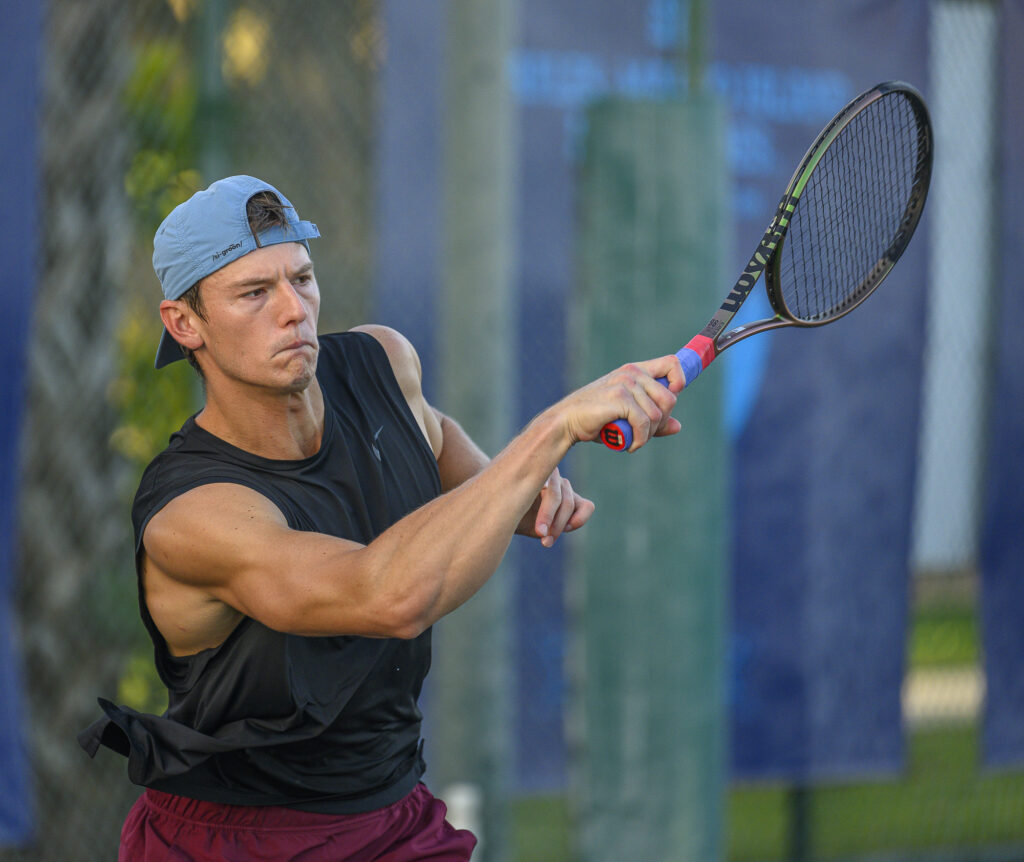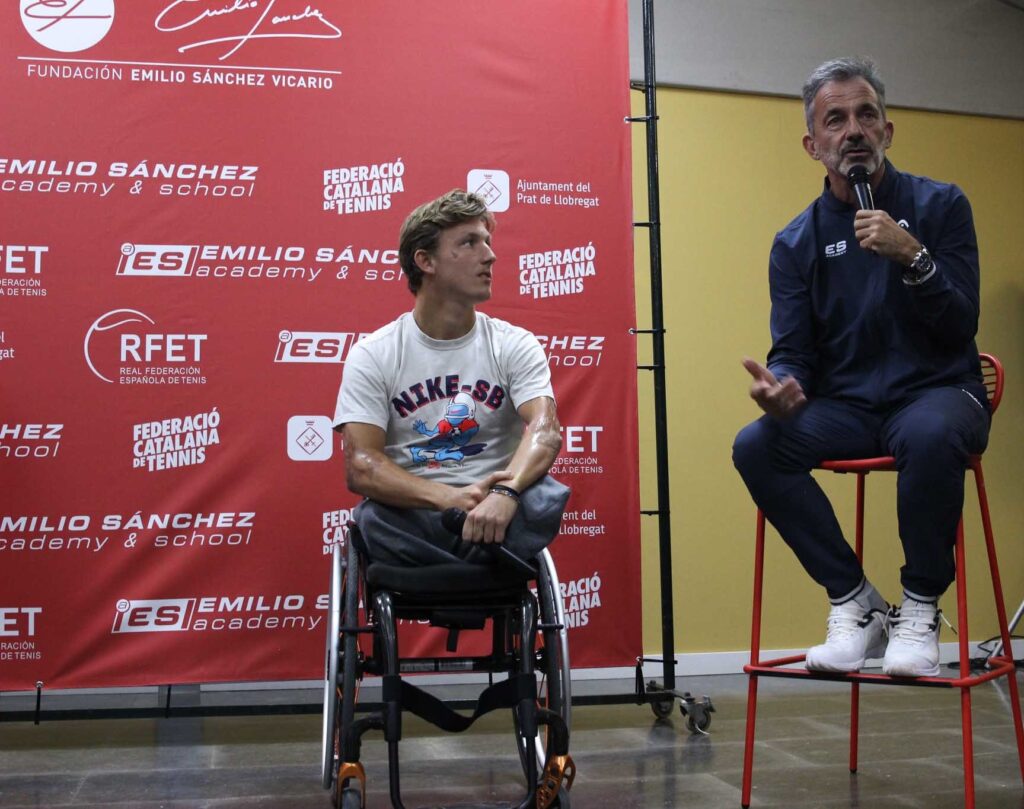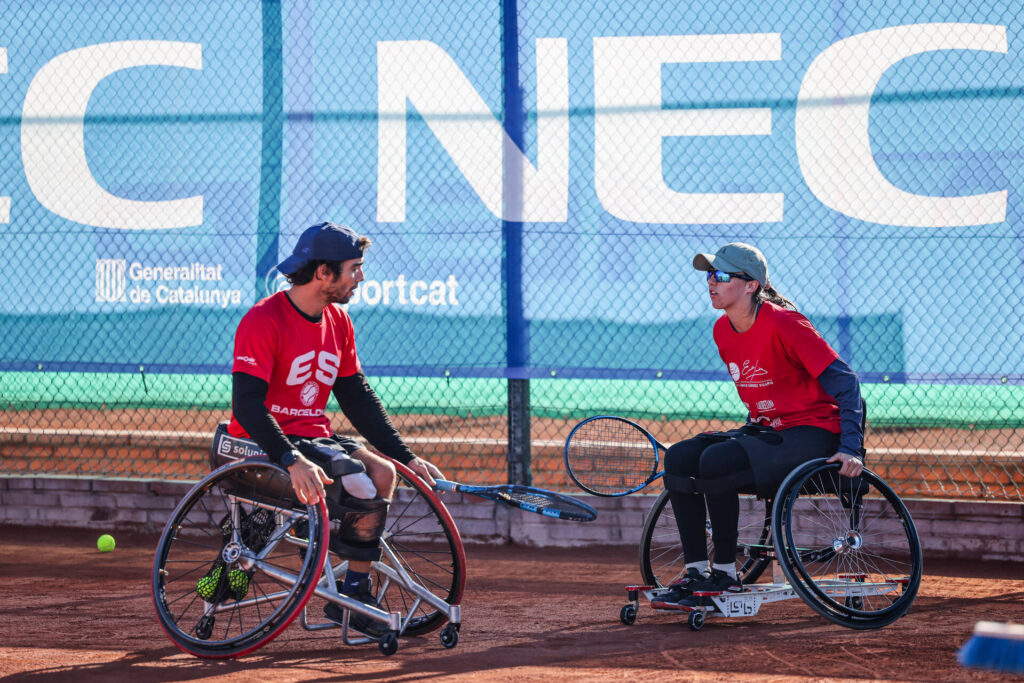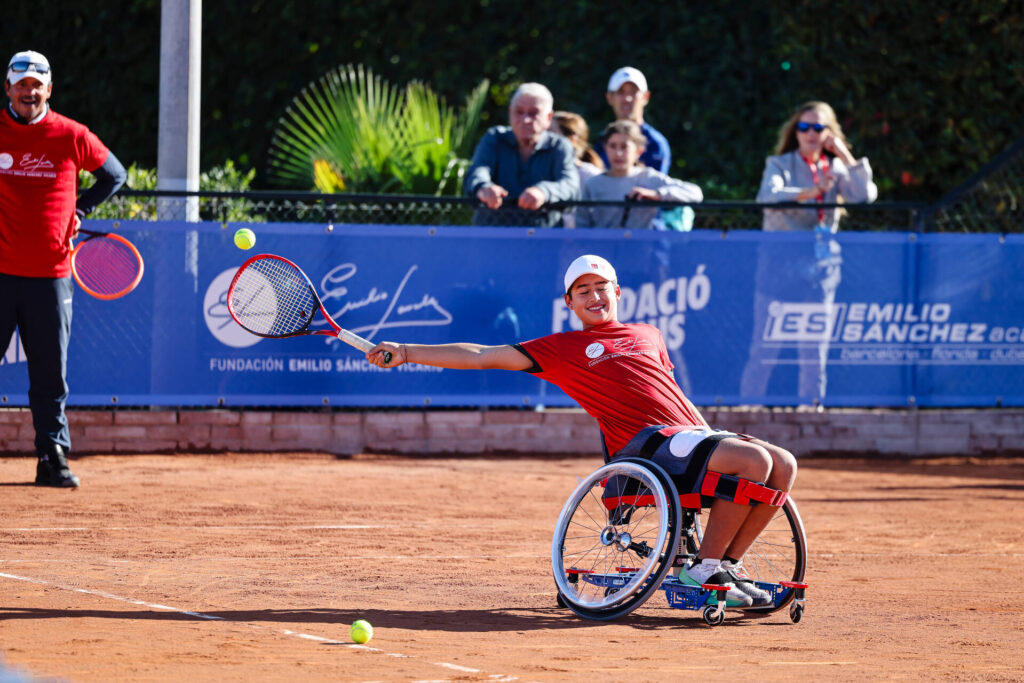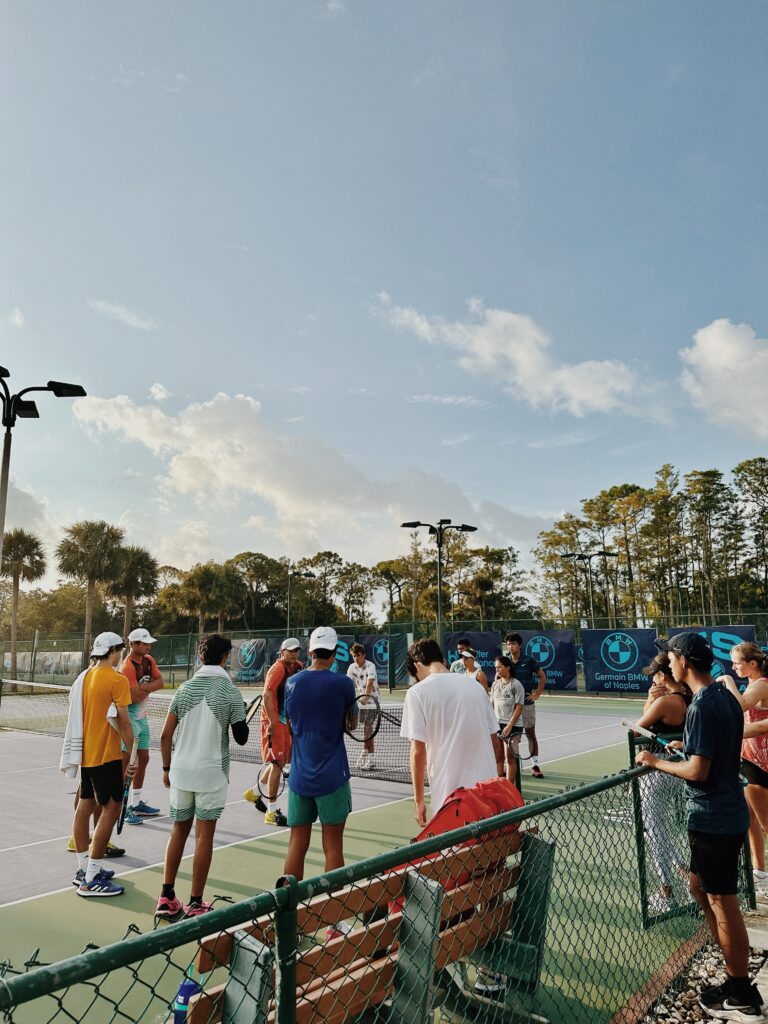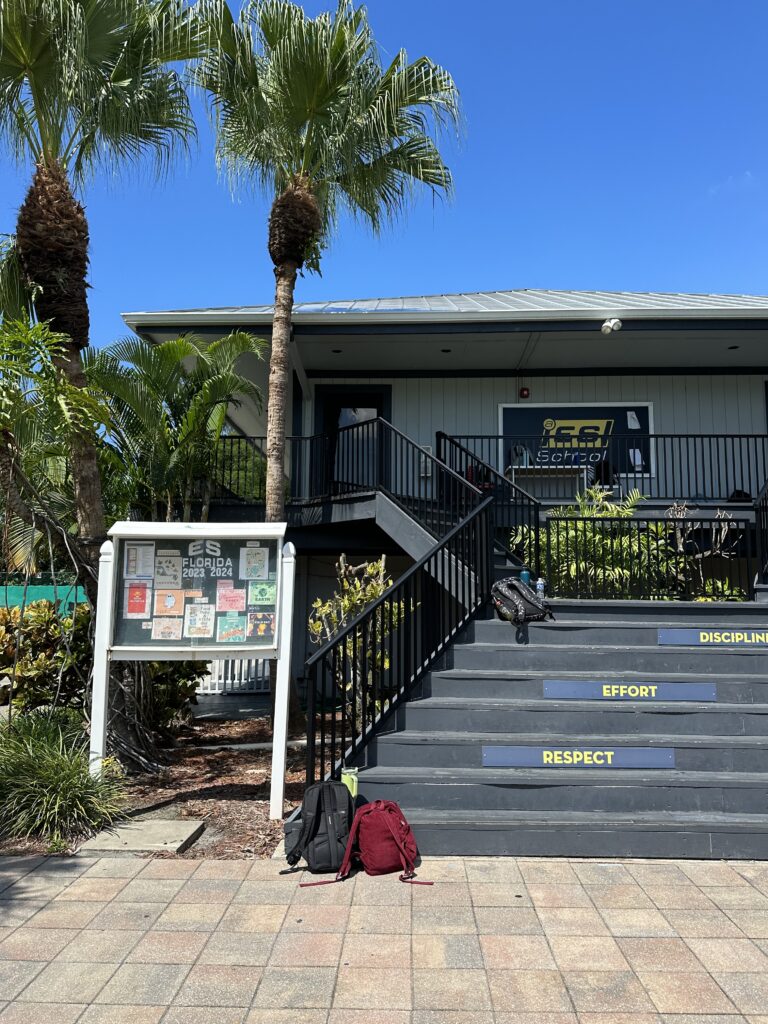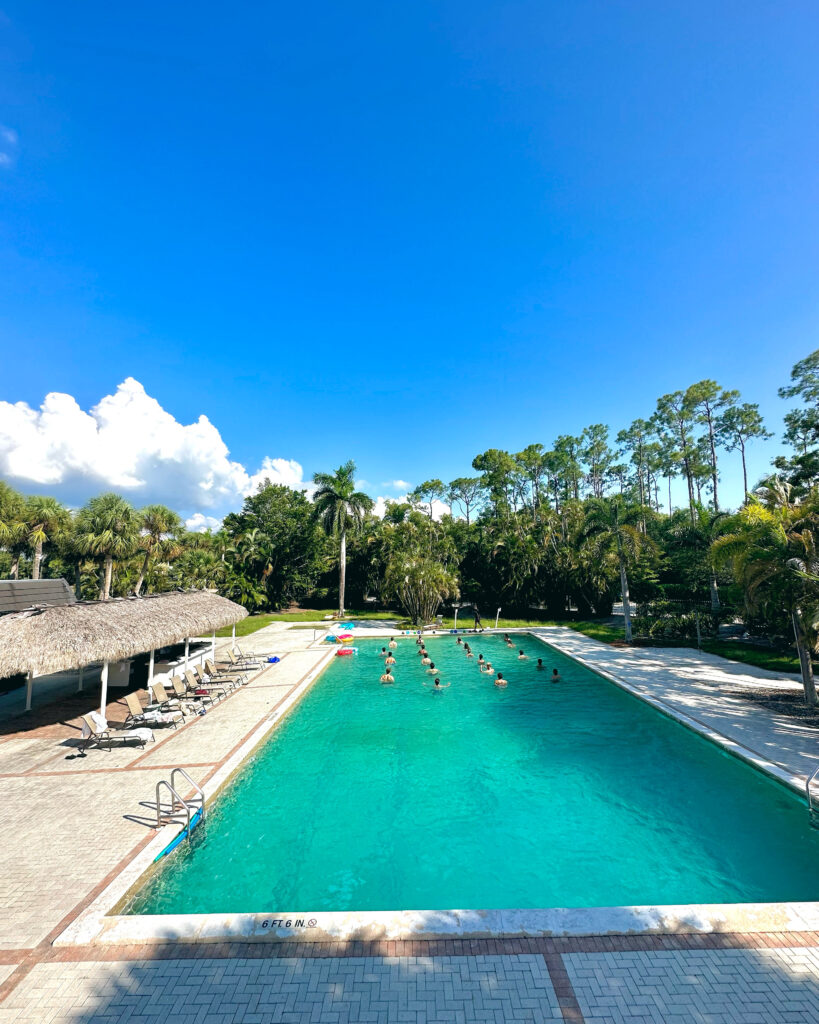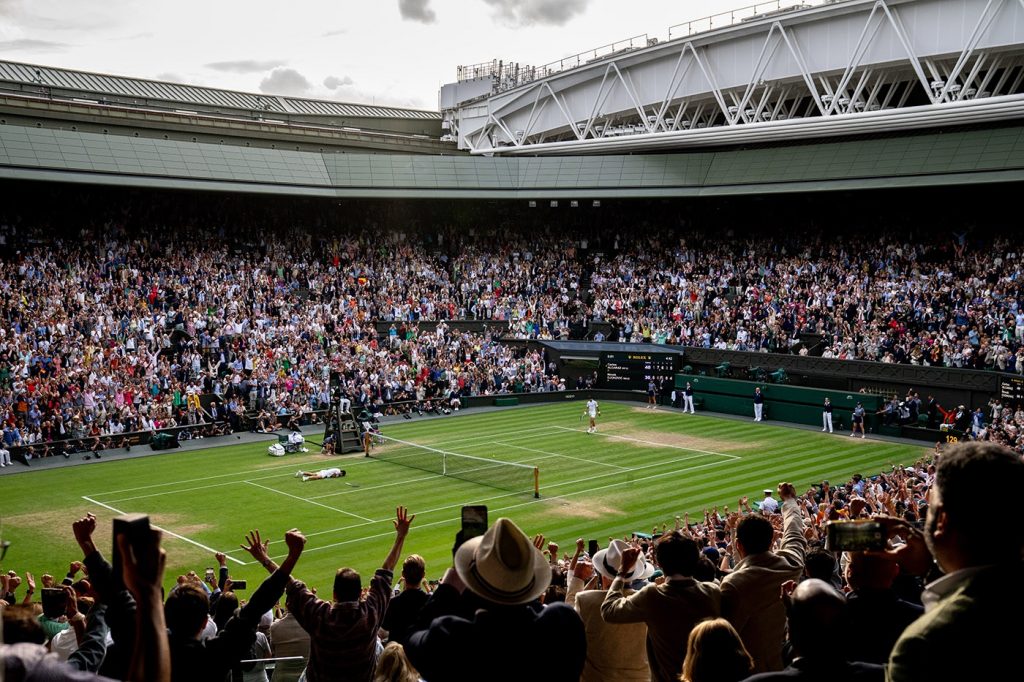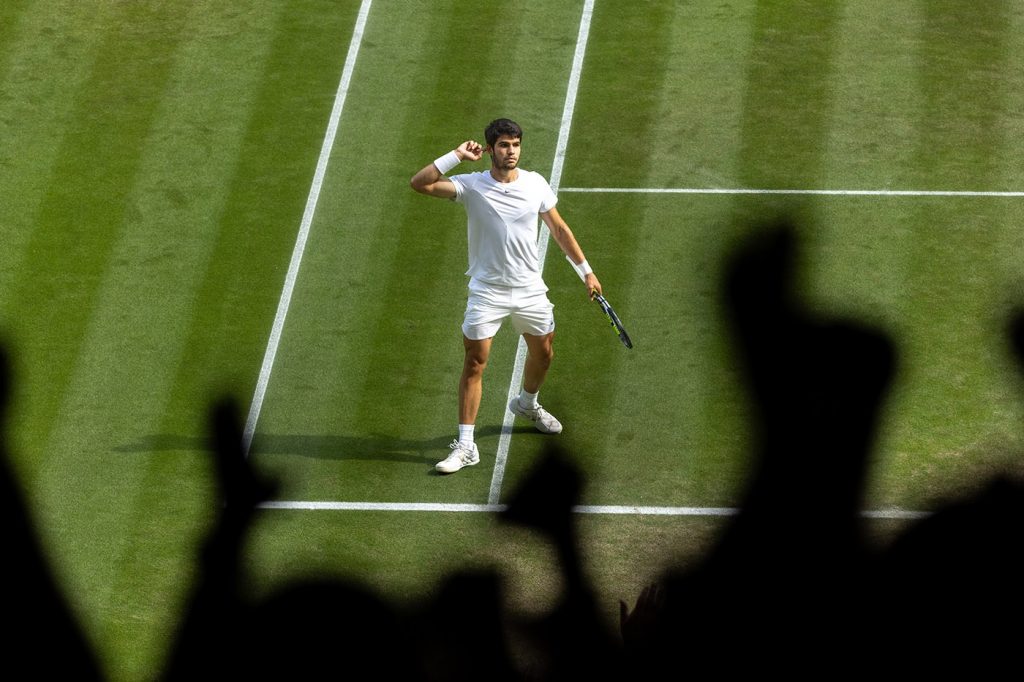By Emilio Sánchez Vicario and Susana Zaragoza
In 2016 I wrote an article comparing Spanish and American tennis. Upon moving to Florida in 2012 I observed the changes made by the USTA (United States Tennis Association) to its calendar and found them to be accurate. Considering this data, I anticipated that it was only a matter of time before many American players would ascend to the ATP rankings top 100 as it had happened in the 1990s and early 2000s. My analysis was strongly criticized by some sources in Spain and even by some players and coaches, who thought I was wrong in saying that the United States would overtake Spain even though it had led in player production for the last 40 years.
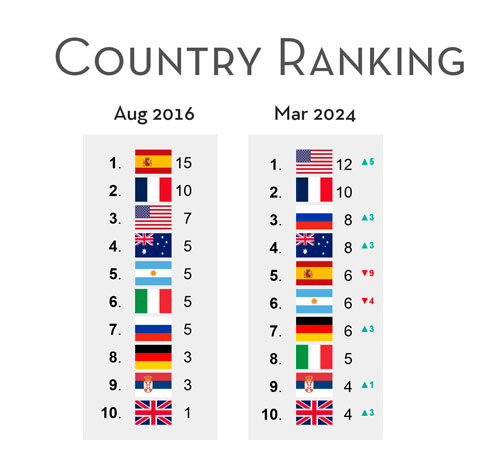
At the time of that review, Spain had had 14 players in the top 100 that year, 11 at the time of the article, but 7 of them were over 30 years old. However, there were several factors that were changing. Spain had almost no young players in the top 500, while the USA already had 10. If the data were analyzed from bottom to top, the question arose as to how the best generation of tennis players that Spanish tennis has produced, led by Rafa Nadal, David Ferrer, Feliciano Lopez, Fernando Verdasco, Roberto Bautista, Pablo Carreño, Albert Ramos, Carlos Moya and Juan Carlos Ferrero, would be replaced.
Eight years have passed, and the numbers speak for themselves. Spain has gone from 14 players to only 6 in the top 100, placing it in the fifth position in the ranking this last week, while the United States has increased from 6 to 12 players, placing it at number one. Virtually all the Spaniards who were at the top are now retired and we have not been able to replace them.
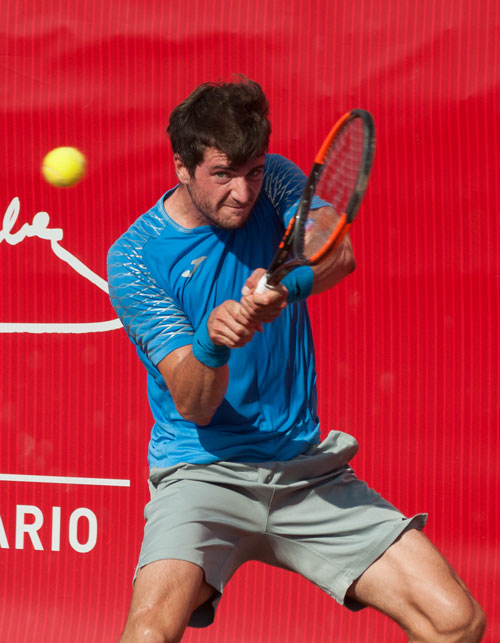
The most worrying data is found at the base of the pyramid, where if we analyze the ages and number of players, we find that Spain has gone from having about 140 players with ranking in 2005 to 90 today, compared to the United States which has increased from 120 to 210. This remarkable increase brings countless opportunities for Americans in the next 10 years.
Although recently Spain has been fortunate to have Alejandro Davidovich in the top 20 and to experience the explosion of Carlitos Alcaraz, who with the majesty of his game has generated illusion and hidden our shortcomings, the publication of the ranking last week with only 6 players in the top 100 evidence this new reality more clearly.
The Royal Spanish Tennis Federation (RFET), with Miguel Diaz at the helm, began to change its strategy three years ago and created the pyramid of Spanish tennis tournaments, following the system implemented by the United States more than a decade ago, moving from Futures tournaments to Challengers. To do so, he multiplied the aids and increased the number of tournaments. However, this work may take 5 to 7 years to bear fruit and for Spain to return to having more opportunities as in its golden age, it will also be necessary to bring players up from the junior stages and to have more competitive groups that want to make the transition to professionalism. We must fill that bottom of the pyramid if we want to go back on top.
This arduous and laborious effort does not give results from one day to the next. First, we must increase the level and then create or take positions, and we have some super talents that will move up, such as Martín Landaluce or Daniel Rincón. However, even if they succeed, if they are not accompanied on the journey by between 140 or 150 players in the middle part of the ranking (between positions 100 to 2000), these gifted players will be very lonely.
I would like to encourage the network of Spanish clubs to keep pushing, to become part of the tennis pyramid by training in their clubs, competing and above all improving the level to make the competition grow, even if it is hard. Spain does not have unlimited funds from a major tournament as the USA does, but it has the clubs that the Anglo-Saxon country lacks. For the most part, these clubs are the engine that drives players and creates professional tennis players, and this is where we must continue to make a difference, by managing to place more young people in the transition from youth to professional level.

And I can’t help but to be self-critical as a club and as an academy, since many of the competition schools of these clubs have become social and the competition groups no longer travel as they used to. In parallel, the academies and best coaches dedicate our main resources to foreigners, who are the ones who pay the bills. At this point, we should all together with the federation be an active part of the pyramid, participate by betting on some Spanish players and encouraging renowned coaches who have managed to teach the Spanish model to so many champions to be part of this pyramid that we sell so much.
If we look at the list of players coached by Spaniards in their development we find Djokovic, Rublev, Zverez, Kachanov, Lajovic, Zheng, Sakari, Ruud, De Minaur, Fils… the list is endless. What if we dedicated only half or less of that quality of Spanish coaches to Spanish players, where would we be? Here the federation should be the point of union and collaborate with many of those best coaches in the world to get them involved and everything would change in a short time. Still, it is a big cultural change because the federation has not worked with private coaches. To give an example, in my academy in 25 years and after producing more than 20 top 100 foreign players ourselves, we have never been approached by the federation to help them with any Spanish players. I know for a fact that most of those top coaches have never been approached either.
My last question is, if for 40 years Spain produced more than 100 players in the top 100, where are they now? How is it possible that some of them are not involved in the pyramid? Fortunately, many of them are the driving force behind the clubs and academies. For me, the same change that has started with the tournaments must be done with the coaches who are known to be valuable, to implement that culture of the tennis player, and that return to enjoying the transition from junior to professional.
2024


2016
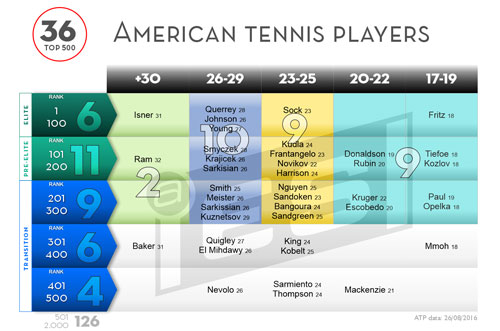
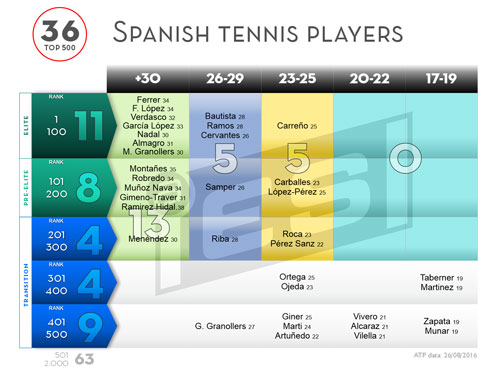
I’d like to highlight that these data are relative to men’s tennis and that we will make another in-depth analysis of women’s tennis in the future, considering different circumstances, since Spain never invested in any of the formative stages evenly in the past. Cultural changes are on the way but unfortunately the female pyramid speaks by herself, and a reminder that we have never dominated as men’s tennis has done for 40 years.
